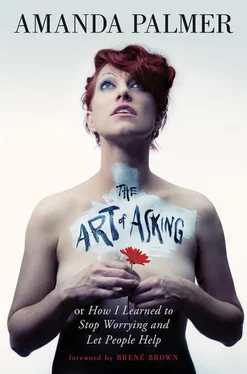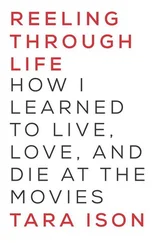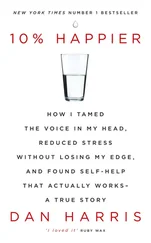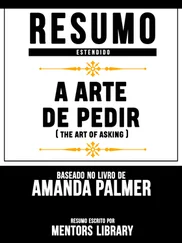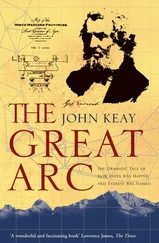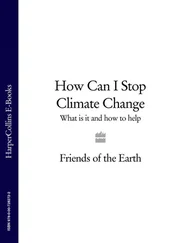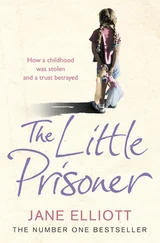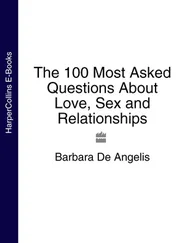I couldn’t outsource it. I could hire help, but not to do the fundamental things that create emotional connections: the making of the art, the feeling-with-other-people at a human level. Nobody can do that work for me—no Internet marketing company, no manager, no assistants. It had to be me.
That’s what I do all day on Twitter, Facebook, Tumblr, Instagram, and my blog. The platform is irrelevant. I’ll go wherever the people are. What’s important is that I absorb, listen, talk, connect, help, and share. Constantly. The net gets so strong at a certain point that I can let it go for a few days—maybe weeks—and it keeps weaving and bolstering itself. But I can’t leave for very long.
The net tightens every time I pick up my phone and check in on Twitter, every time I share my own story, every time I ask a fan how their project is coming or promote somebody’s book or tour.
The net tightens when someone in the community loses her houseboat in a fire and tweets me for help, and I throw the information out to the fanbase, who go to work offering money, shelter, cat-sitting, and words of kindness.
It tightens when two people meet in line at one of my shows, fall in love, and come to a signing line after a concert three years later, asking me to Sharpie a swelling, pregnant belly.
I feel pride when I see that magic happening: the fans helping one another out, giving one another places to stay, driving one another around, helping one another with comforting words and links in the middle of the night, breaking the boundaries of “stranger” etiquette because they feel a trust and familiarity with one another under our common roof.
And I feel it at my shows, when I see people standing aside to allow a short person to see the stage, or carving a path for a person in a wheelchair, or just sharing a bottle of water. We’re all helping each other. Here. Now.
• • •
The label didn’t understand why they should pay for the band to maintain a website year-round. They thought it was something that only needed to be “up” when we had a new record to promote, and wouldn’t pay to keep the site active the rest of the time. I was baffled.
I don’t think you guys get it. Our website is like… a Real Place. It needs to exist all the time. You don’t shut it down and then come back later .
The whole point of being an artist, I thought, was to be connected to people. To make a family. A family you were with all the time, like it or not. This was the way we’d been doing it for years, whether or not we had an album or a tour to “promote.”
I knew the way to keep the fans happy was by staying present—through the forums, through sharing people’s art and music back out through the Internet channels, through keeping everybody connected. That’s just how a relationship works. And when the time came to ask them to buy a record, to buy a ticket, whatever… if I’d been there for them, they’d be there for me. It went beyond the emotional; it also seemed like smart business. The label disagreed. They wanted to expand. Immediately.
Tightening the net is not the same thing as expanding it. If you spread your net too far, too fast, it stretches too thin and it breaks; or it stretches too wide to be able to catch anything. The label didn’t seem to understand that we didn’t work like a pop band. We were far more interested in serving our slowly growing, tight-knit community of weirdos than we were in topping the charts.
So we threw up our hands and paid for everything ourselves: our web designers, our forum, our emailing list costs. The label asked for access to the mailing list, but I said no. I didn’t trust them with my fans’ email addresses. They were more than addresses; they were relationships.
I didn’t ask them for any more help in the Internet department.
The relationship with the label was doomed from the start, when I think about it.
They got the sex part. But they didn’t understand the cuddle.
• • •
I shot the video for my song “Leeds United” in London, casting hundreds of volunteer fans we’d enlisted through the blog and the email list. They came, from all over the UK, dressed to the nines in everything from Victorian formal wear to tongue-in-cheek soccer hooligan garb, and dutifully engaged in a pie-throwing brawl while I lip-synched and danced around onstage. While the video was being edited, one of the label higher-ups called me in for a meeting at their offices in New York.
Just wanted to chat with you about the new video. The director just sent us the first cut .
Yes! Isn’t it great? She killed it!
Yeah. It’s a great video. So, Amanda. Here’s the thing. We think some of the shots of you aren’t that… flattering .
He told me how they were concerned about my image and how they hoped I could edit out the shots that made me look fat.
Now, my relationship with my body is pretty healthy. I’ve never been massively overweight or underweight. I’ve never had an eating disorder or any kind of body dysmorphia. I’m pretty comfortable with myself. I don’t shave my armpits or legs very often (though sometimes I will, just to feel my legs slide around on fresh sheets like slippery eels; it’s delightful), and I’ve learned to accept that people sometimes stare. I shave my eyebrows and paint them back on. [4] That started as a temporary solution after shaving my face for a Marlene Dietrich look-alike contest that Brian and I attended shortly after forming the band. I lost the contest. I kept the eyebrows—I found, to my delight, that it had the unintended side effect of causing people to look me in the eye. When you have creatively painted eyebrows, people will assume you’re approachable and affable, and talk to you. It’s like having a funny mustache.
I like to think I’ve managed to attain a decent level of corporeal self-acceptance over the years. That being said: I’m still vain. I still cringe when I see my belly after a monthlong muffin-and-beer binge, spilling over a waistline that’s too tight. No lie: I wanted to look hot in this video. But try as I might, I just couldn’t agree with the label’s assessment. The shots the label objected to didn’t seem unflattering to me. They just seemed… real. I thought I looked fine.
So I refused to make the edits.
The video went up, “unflattering” belly and all, and I told the whole story to the blog. The label considered this an act of war, and in a way, it was. It was the first time I’d publicly complained about our relationship.
Then something unexpected happened. A few people posted pictures of their own bellies—some fat, some thin, some hairy, some with Caesarean scars—on the band discussion forum. A few bellies bore messages aimed at the label ( LOVE THY BELLY! BELLY PRIDE! THIS IS WHAT A BELLY LOOKS LIKE! ) in paint and marker. I watched, in happy amazement, as more people followed suit. This was in the days before I was on Twitter and Facebook, but a few days later, hundreds of pictures had been uploaded, and one fan took it upon himself to bind them into a book. The fans had even given the viral movement a title: the ReBellyon.
It was the first time my fanbase had created something like this on their own at this scale, and I watched from a distance like a proud parent.
The irony wasn’t lost on me. These were the people I was making the video for. In my opinion, they were the ones who were supposed to love it, and thereby feel encouraged to buy more music and drive the sales up. They were the target audience, as far as I was concerned, not some ephemeral, theoretical audience—dreamed up by the record label—who would rush to Walmart demanding my music upon seeing my svelte figure in a video. My crowd was making it very clear to me that not only were they fine with seeing my non-anorexic belly, they were also locked in solidarity with my decision to look like an average person instead of a Photoshopped supermodel.
Читать дальше
